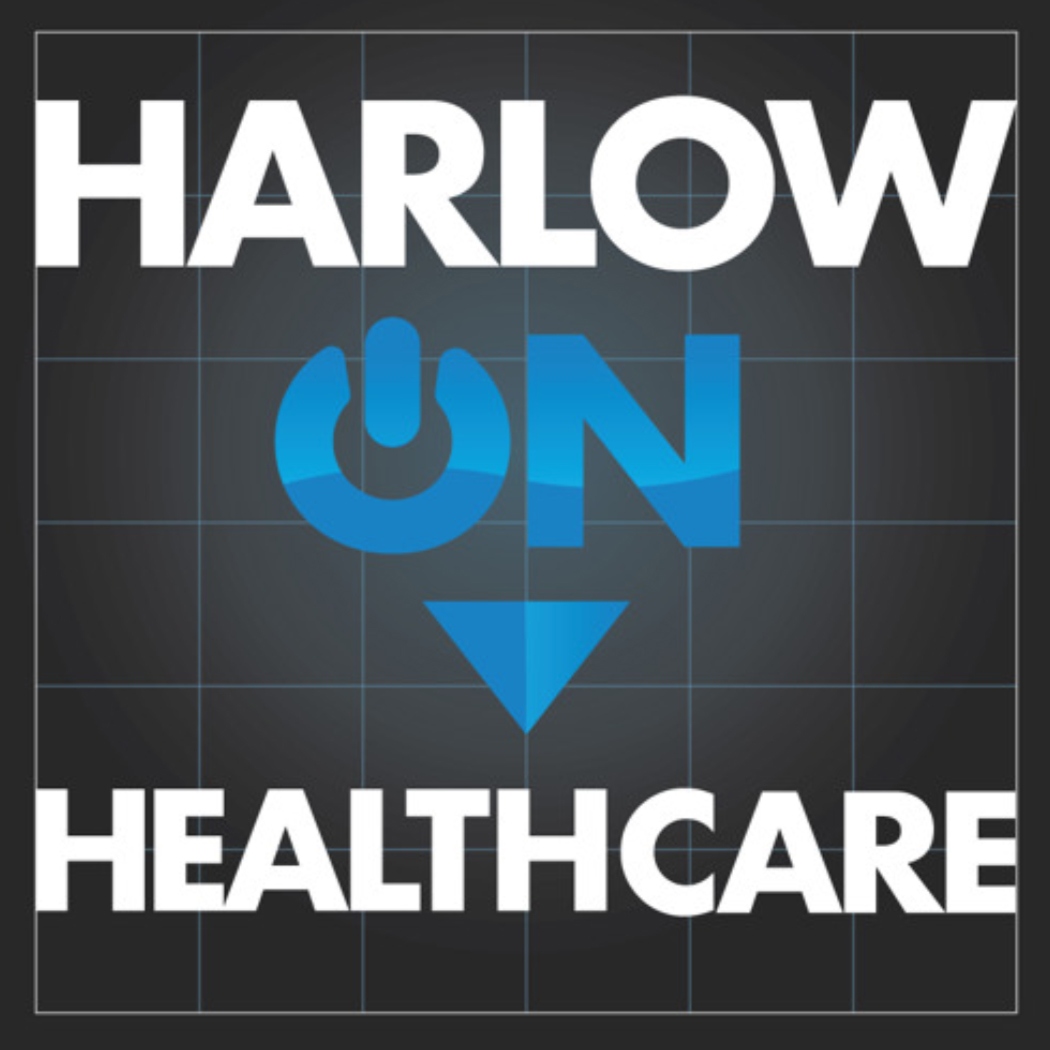Three examples of health plans are often touted by proponents of universal health care coverage: the Federal Employee Health Benefit Plan (FEHBP), Medicare and Britain’s National Health Service (NHS).
Access to "the same health care choices as members of Congress" (the FEHBP) is an ever-popular populist mantra on the stump. Low-overhead Medicare is likewise promoted as a panacea. And the pointy-headed liberal crowd (OK, sometimes including me) looks across the pond to a reinvigorated NHS as a potential model for at least part of what needs to happen here.
Today’s question: Do these solutions measure up?
Today’s answer: Not really. That doesn’t mean I’m joining the ranks of the Anti-Universal Coverage Club (see manifesto at Cato@Liberty), but while I recognize the difficulty of getting these things across in campaign-season sound bites, the candidates need to recognize the limitations inherent in these potential solutions and be a little more explicit about ways in which they would improve on them.
All this is brought to the fore, again, as the BBC reported on NHS bookkeeping yesterday:
NHS trusts have a £4bn backlog of key maintenance repairs which range from fixing heating to meeting fire safety rules, government figures suggest.
The figure is eight times this year’s much-heralded NHS surplus, which was achieved by making a variety of cuts.
Shadow Health Secretary Andrew Lansley, who obtained the figures, said they showed the surplus was a "sham".
For me, this echoes the reality that "Medicare for All" would not, in fact, represent that great a savings on administrative overhead, because much of Medicare’s overhead is off-budget (real estate occupancy costs, contractor operations, its own employee health benefits, etc.), and the emerging sense that FEHPB isn’t really built to handle a gajillion more subscribers.
So, my sage advice to the candidates (OK, to the Democratic candidates) today: acknowledge these limitations and offer some concrete options to overcome them.
I know there are several other hurdles to overcome — getting medical inflation in check, ensuring that prevention gets more attention (e.g., anti-obesity programs, which among other things might even include an adjustment to the federales’ subsidy of corn production in this country — but that’s a whole other story). But on the financing of health care coverage side of things, a nod to the fact that the solution is not so simple might give the public greater confidence.



Most proposed solutions to the current “mess” in health care insurance coverage strike me as small bandages on a very large wound. Typically, they merely are modifcations to the currently ailing system but not one of the fundamental issues is ever addressed.
Most proposed solutions to the current “mess” in health care insurance coverage strike me as small bandages on a very large wound. Typically, they merely are modifcations to the currently ailing system but not one of the fundamental issues is ever addressed.
The current system, a hodge-podge of conflicting decision-makers, companies, governments and rules makes for a very expensive and unresponsive “system”. Its three main elements (Medicare, Medicaid, and private insurance) work badly with one another and leave millions in the unreasonable and politically and morally unsupportable position of having no medical coverage.
Consider the following: the many unsuccessful attempts over the past twenty years both by governments and private industry to bring health insurance coverage in the United States to everyone while at the same time maintaining private competition and restraining costs is proof that tinkering with parts of the “system” is the wrong way to attack the problem. Like today’s IRS Tax Code, it’s more complicated than most people can deal with. And, truly, it is impossible to understand the full effects of proposed modifications to one or another of its parts.
I offer the following medical coverage program that addresses the the full range of concerns expressed by virtually everyone:
Covering everyone
Maintaining private competition
Keeping costs in check
Being simple to understand and simple to administer
Although I describe a nationwide solution, it also is possible to adopt this program on the state level. I propose the following replacement of today’s patchwork health insurance system, including Medicare and Medicaid, such that:
EVERYONE IS COVERED,
ALL INSURANCE IS PRIVATE,
COMPETITION IS RETAINED WHILE BOTH GOVERNMENT AND PUBLIC OVERSIGHT IS MAINTAINED,
HEALTH CARE COSTS ARE CONTAINED.
(1) EVERYONE IS COVERED
This allows the Law of Large Numbers to work effectively.
Several population-equal geographic health districts within the country will be defined, based on the official U.S. census, and redefined after every new census, as necessary.
Each health district will be a minimum of one state and no health district may contain non-contiguous states
While population is primary in creating these health districts, consideration will be taken of the varying costs of health care in different regions of the country as much as is practical
(2) ALL INSURANCE IS PRIVATE
Everyone will be a member of a health district based on their official home residence, so that group underwriting and group rates, and therefore the Law of Large Numbers, will apply.
The current concept of multiple groups, being narrowly defined by one’s place of employment or affinity “group”, etc. will disappear.
All premiums will be privately paid, whether paid for by employers, organizations or by individuals, with but one exception. Premiums for those family units (or individuals) certified as earning below the poverty line will be paid for by the government.
For purposes of premium payments, individuals may be grouped as family units
Several coverage packages, government defined, will be offered as consumer-chosen options:
High deductable – no well-care, no prescription drugs
Low deductible – no well-care, no prescription drugs
Well care Plus high Deductible, no prescription drugs
Well care Plus medium deductible, no prescription drugs
Catastrophic Only (as either a separate or add-on coverage)
Prescription Drugs (as an add-on coverage)
An HMO may be selected as one’s service provider, with premiums matching the winning bid in its health district for “Well care plus medium deductible with no prescription drugs”
Separate packages in the above categories will be defined for children and adults
Individuals are free to add their own private supplemental coverage to any of these packages.
(3) COMPETITION IS RETAINED
Each insurance company which chooses to bid in a given health district must bid on all coverages.
Winning (lowest premium) bidders in each category will have a three year contract.
Winning bidders may sub-contract administration of the plans within their health district but they retain ultimate responsibility.
Should there be no bidder in a given health district, the government will be the bidder of last resort, with its bids (the premiums) for each package defined as the average of the winning bids in all adjoining health districts.
(4) BOTH GOVERNMENT AND PUBLIC OVERSIGHT IS MAINTAINED
Prospective bidders will make application to the government to be on a bid list
Government will approve members of a bid list and publicly disclose their reasons for rejecting any application
The final bid position (not the bid itself) of each bidder in each category will be made public.
Basic cost and performance statistics will be made public in the middle of the third year of each contract period for each category in each health district.
All statistics and reports will aggregate at the health district level and reference the winning bidder only, not any local subcontractor or local area within the health district.
With this proposal the flaws, inconsistencies, and complexities of the current health insurance “system” are eliminated. The goal of fair, efficient, simple universal health insurance coverage without intrusive government interference and control is achieved.
EVERYONE IS COVERED,
ALL INSURANCE IS PRIVATE,
COMPETITION IS RETAINED WHILE BOTH GOVERNMENT AND PUBLIC OVERSIGHT IS MAINTAINED.
AN EFFECT OF THIS PLAN, BECAUSE OF THE PRIVATE NATURE OF THE ADMINISTRATION, THE UNIVERSALITY OF COVERAGE ELIGIBILITY, THE COMPETITIVE BIDDING PROCESS, AND THE OVERSIGHT PROCESS, WILL BE RESTRAINT ON HEALTH CARE COSTS.
This proposal addresses every major concern of the people and of government in a way that no other proposal has to date.
The most effective way to keep costs down is to make the insured responsible for a significant percentage of the costs.
Where is it written that every doctor visit should be 100% covered? Insurance should protect us from catastrophe, not from ordinary costs of living.
Not related to this, but please check out Grand Rounds today at link to runningahospital.blogspot.com. Some moving and insightful stories about experiences in hospitals. Thanks.
What would the time frame be to take the country to a complete coverage policy? Just like it was said that the FEHBP can’t handle a gajillion more subscribers, how could this country handle it? And what would happen to all the people that are employed by the insurance companies?
Very interesting post.
Good blog, keep up the good work!